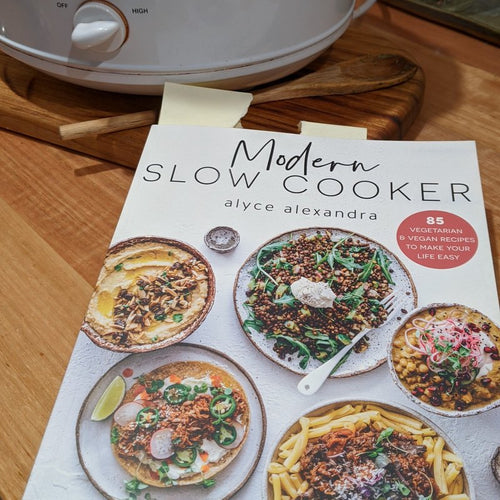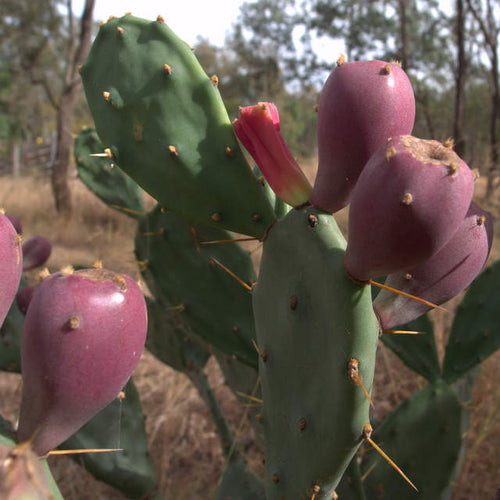What is real food?
I talk about real food and so do many other bloggers, and we probably all mean different things, so I wanted to share with you what I consider to be real food and how I got to eating this way.
When I was growing up, I was pretty lucky that my parents didn’t allow much junk food (didn’t feel lucky at the time of course!). We very rarely had takeaway, soft drink, or packaged foods and my mum cooked most meals from scratch. When I left home and started studying at university, I lived in the hostels (colleges) for the first year and we ate in a big food hall with thousands of people. They usually fed us rice, pasta, potato, bread rolls and a little veges and meat in a sweet sauce of some kind, followed by desert. It usually tasted awful and I filled up on the carb options so I didn't go hungry.
After that first year, I went flatting (lived in a share house with other students) and we usually cooked from scratch mainly because we couldn’t afford to do anything else! I wouldn’t say that we ate very well, as half the food budget went on alcohol. We bought a lot of processed foods in the form of packets, jar or cans of sauces, these contain all sorts of artificial ingredients, including flavours, colours, preservatives, and plenty of sugar and seed oils.
| this book might help.... |
After I moved to Australia around 10 years ago, I started to find that the acne I had battled and conquered during high-school was slowly returning. I was not impressed, and finally I went to see a naturopath. I didn’t really know what to expect, but she started to ask lots of questions about my digestion and what I ate. I had always believed the woman’s magazines that said that acne isn’t influenced by what you eat, and here was a naturopath proposing to heal my skin by healing my gut.
I was skeptical, but willing to try it. Over the next few months I went to the naturopath every one or two weeks and I cut out all processed foods, wheat, dairy (except for yoghurt), sugar, caffeine and alcohol. She also had me taking probiotics, drinking vegetable juices and eating lots of fresh veges. I read a book about detoxification, which explained that while the liver and kidneys are the main organs for removing toxins, the skin and lungs also have an important role if these primary organs are overloaded. It therefore made sense that my skin was breaking out if my liver was not clearing toxins.
After six months, I saw a massive improvement and I had got used to this new way of eating. I went back to eating dairy, spelt grain bread, and dark chocolate, but I have never drank much coffee, tea or alcohol since then, because it makes me feel sick now.
Around this time I read David Gillespie’s books Sweet Poison and Toxic Oil, which convinced me that we should avoid fructose and seed oils. (Chocolate is an ongoing challenge for me however).
Discovering Nourishing Traditions
It wasn’t until we got our house cow Bella that I started to learn about traditional foods. That seems completely backwards, most people find out about the benefits of raw milk and THEN get the cow. We did a course on cheese-making just after we got Bella, and that’s when I found out about Nourishing Traditions. As well as the raw milk, the raw cheese and yoghurt, we also started fermenting vegetables, soaking and sprouting grains and making bone broth. I saw further improvements in my digestion and general energy levels. I also found that cooking with bone broth and fresh herbs from the garden has so much flavor, you really don’t miss having the processed packets of flavouring.
Lately I’ve been reading about primal and paleo lifestyles. This involves getting the majority of your energy needs from fat rather than carbohydrates (including sugar), so the aim is to eat protein, good fats, lots of veges, some fruit and very little carbs. I find this an interesting concept, and I think the more we cook from scratch and eat what we grow, the more we move towards this anyway. The lifestyle also requires certain types and amounts of exercise, sun exposure and sleep, so its not just a “diet”, its a whole way of life that's suited to our bodies. Its also encouraged that you eat MOSTLY paleo, but you don’t worry about 100% compliance, you need to listen to what your body needs. Dairy can be included if you can tolerate it. There is a lot of research about the damage that fructose and gluten do to our bodies, but some of this is reduced if food is fermented. If you don't have time to ferment grains, then it probably is best to avoid them, from what I can figure out.
I was interested in paleo, so I started looking more deeply at various “extreme diets” (just out of interest). Some that say we should eat all starchy foods, all meat/zero carb, all raw vegetables. At first I couldn't understand how all these diets, seeming so different, can each work for different people. Obviously different ways of eating work for different people, but I think the one thing that these diets have in common is avoiding processed foods. If there’s one thing you change, it should be to cut out the junk.
If it comes in a box, a packet, a jar or a can and contains ingredients with numbers, or that you don't recognise as food, then don't eat it!
So what is real food?
I think its food that is as unprocessed as possible, free-range meat and wild-caught fish (including organ meat), seasonal vegetables and fruits, fermented dairy, sourdough, bone broth, nuts, a little bit of raw honey, saturated fats (olive and macadamia oils, animal fat and butter). But your definition doesn't haven't to be the same as mine, just whatever works for you. See 100 Days of Real Food for more information.
If you’re right back at the start, where I was before I saw the naturopath, eating mostly good food, but still a lot of processed packets of flavouring, fructose and seed oils, and you're not feeling well, either overweight or showing other signs of ill-health, like acne, an excellent resource is David Gillespie’s new book Eat Real Food, in which he explains the basics of giving up fructose, seed oils and starting to cook from scratch. Its not easy at first, it requires planning, but when you know what you’re doing and you start to feel better (and many people also lose weight), it gets easier and its worth the effort. Then if you’re interested, you might keep going down the real food journey and find out what else works for you, whether its traditional foods, paleo or something else!
Eat Real Food is available from Amazon here (affiliate link)
Do you eat real food? What's your definition?
A few other books that you might find useful:






















Leave a comment